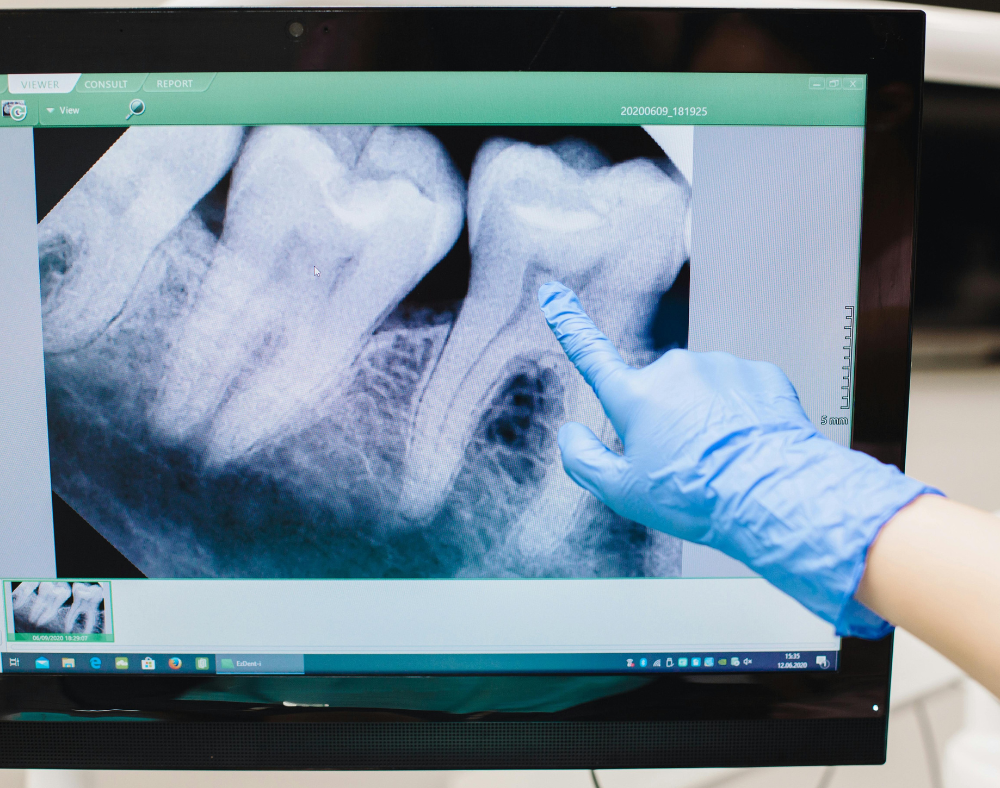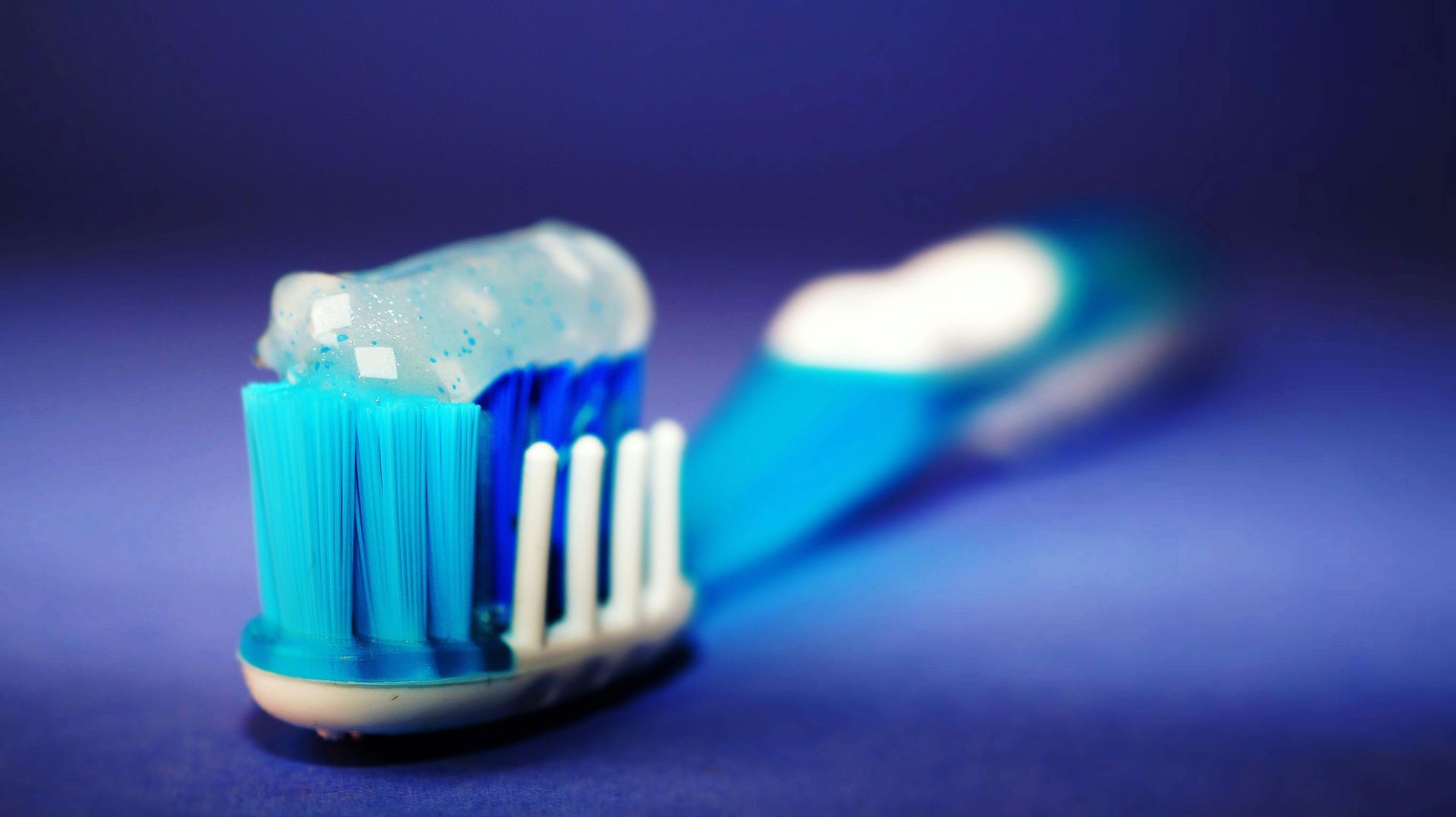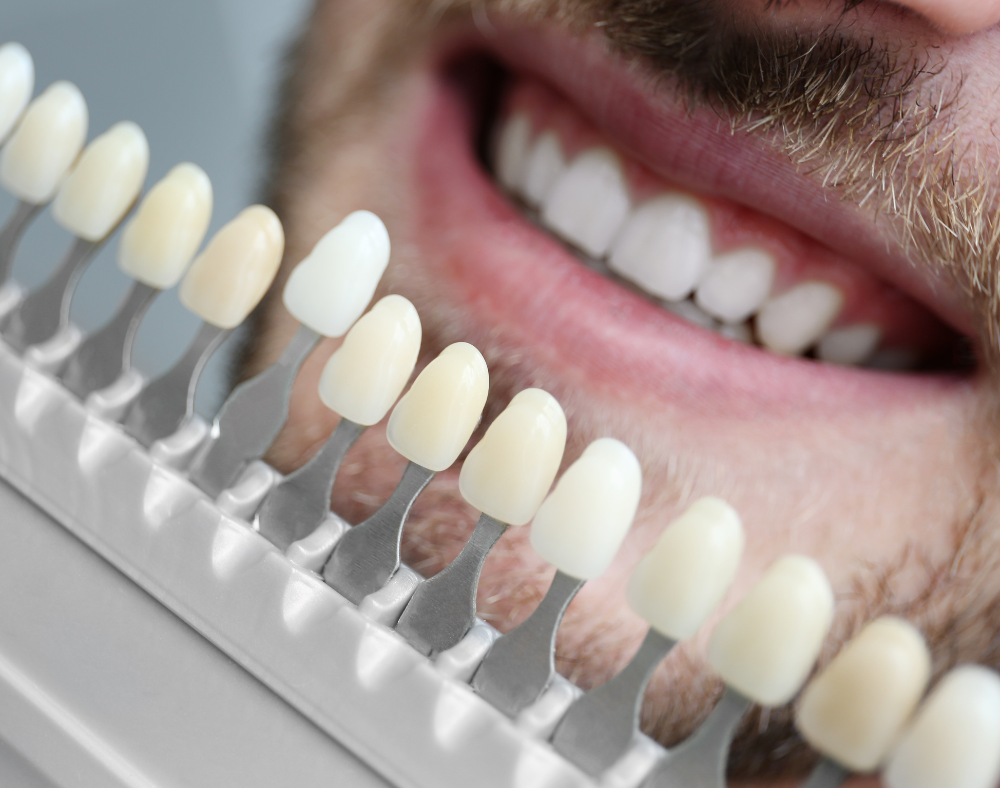How to stop getting Cavities - What you need to know
How can I stop getting cavities so often?
Some people seem to get cavities all the time, some people not so much. If you’ve felt “cursed” with cavities and want to get off the treadmill read on!
VERY SHORT VERSION - Stop all snacking, drink only water, get all cavities and questionable prior fillings replaced promptly, start a fluoride mouthwash before bed, brush and floss religiously. Do this for at least a year.
What is a cavity?
A cavity is sort of two things - it’s damage to your tooth that has actually turned into a hole. But it’s also the bacterial infestation inside the hole. It’s pretty similar in principle to termites eating away at the framework or foundation of your home - there’s bugs AND the damage they cause.
If no intervention is taken the process will continue - the hole in the tooth gets bigger and bigger (not always painful at this point), the strength of the tooth is continually getting worse, eventually the bacteria get into the nerve of the tooth (this is USUALLY a big tooth ache) and eventually the whole top of the tooth will crumble away.
The remedy depends on the extent of damage. A small hole is usually repaired with a filling. When the damage has become more widespread a crown might be better to reinforce the whole tooth against breaking apart. If the cavity extends into the nerve of the tooth then a root canal is required to clear the bacteria out of the center of the tooth and then a crown to rebuild the structure above the gumline. Sometimes there’s so much damage that the only course is to remove the tooth. Delayed interventions are more and more invasive and expensive so you generally want to get rid of the bacterial infestation AND repair the damage as soon as possible.*
Most patients (and a lot of dentists for that matter) focus on the remedy and sometimes ignore the causal factors. I’d like to focus on that for a minute for the sake of those who find themselves with lots of cavities and are feeling at their wits end.
The recipe for decay
Getting a cavity requires 3 ingredients: a susceptible host (you), acid secreting bacteria, and food for the bacteria to eat. Let’s touch on each of those in turn.
- Susceptible host - I’ve had so many patients tell me “I just have soft teeth”. And while I have noticed some differences in the hardness of different people’s enamel, I don't believe this is a primary cause of some people getting more cavities. However, having a mouth with lots of existing crowns and fillings DOES put you at higher risk for getting FUTURE cavities. This is due to the presence of more “margins”. A margin is the junction where filling or crown meets tooth. You will never get a cavity on filling or crown material, but bacteria is always more prone to gather along that margin than on a perfectly smooth tooth that has not been restored. So if you’ve had a lot of dental work at an earlier time - you are at somewhat of a disadvantage. Low saliva flow also puts you at higher risk for cavities.
- Acid secreting bacteria - there are dozens of different microorganisms that live in your mouth - bacteria, fungi, etc. Most of these bacteria just hang out there and don’t cause any problems (they’re getting free food when you eat, a nice moist environment, etc). Only a few strains of bacteria cause cavities though. Strep mutans and lactobacillus species are the primary culprits. These bacteria eat carbohydrates - sugars and starches - and secrete acid as part of their metabolism. This acid is what causes the teeth to weaken and eventually crumble into a hole as a “cavity”.
- Presence of carbs - the more often you ingest carbohydrates the more these bad bacteria are reproducing and secreting acid. Saliva helps to rinse away food/fuel AND neutralize / dilute the acid so if you have low saliva flow this will generally increase your cavity risk.
Just fixing teeth when they have cavities ignores the underlying problems and can leave patients feeling a bit hopeless about the whole situation. A high cavity risk patient is like somebody with nails spread all over their driveway. Every time they pull their car out they get holes in their tires. Crowns and fillings are like getting your tires plugged or replaced, but do little to address the underlying problem. We need to sweep up some of those nails!!
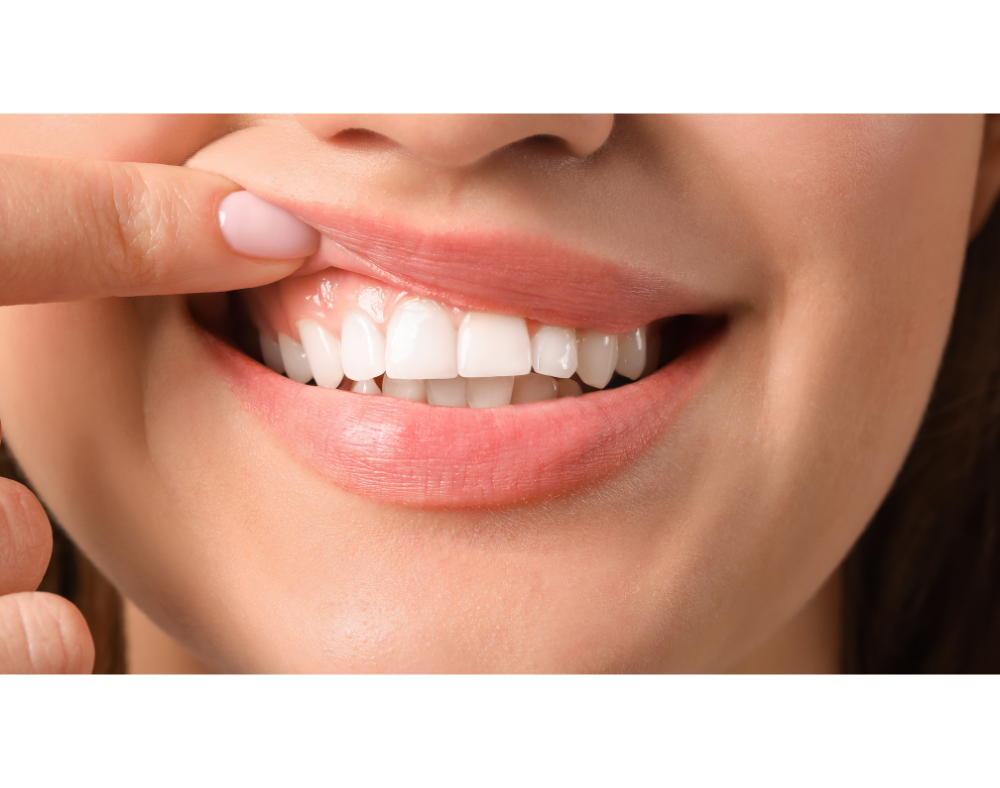
Based on the ingredients for a cavity here are some reasonable interventions we can do to try and reduce a patient’s cavity risk - I’ll try and organize those interventions by relative importance.
- Diet. People may disagree, but I think diet is the number one contributor. If you cut out all snacking between meals (particularly anything with carbs in it, either sugars OR starches) and switch to drinking only water between meals I believe there’s no bigger improvement you could do for yourself. This vastly reduces the minutes per day that your teeth will be subject to acid attack. If your mouth is on fire so to speak, quit pouring gasoline on!!
- Hygiene. Brushing and flossing will not sterilize the bacteria out of your mouth, but basically helps to control larger colonies from forming and becoming more damaging.
Brushing 2x per day for 2 minutes and flossing 1x per day is the recommended frequency. Electric v. manual, waterpiks, other adjuncts are all secondary to doing the above.
- Eliminate bacterial strongholds - the concentration of “bad bacteria”
inside a cavity is hundreds of times higher than in the rest of the mouth. Those bacteria will keep spreading out and re-infecting the rest of the mouth if you don’t get all those cavities fixed in pretty close succession. I like to try and get all the cavities cleared in less than a month. The same is true of failing or old restorations that might be hold-out areas too.
- Oral medicines.
- Antimicrobials - chlorhexidine and iodine are some of the most common antibacterial rinses to knock down bacterial levels. I’m not aware of any strep mutans or lactobacillus SPECIFIC treatments, but that could be forthcoming.
- Supplemental Fluoride - Fluoride is a chemical that basically hardens the surfaces of your teeth to make them more resistant to acid attack. There are numerous formulations available (both over the counter and prescription), but one of the best things to do is to treat the teeth with fluoride as the last thing to go into the mouth before you go to sleep at night. This keeps the fluoride level high in your mouth for longer while you sleep.
- Consider chewing xylitol gum or mints 3-4 times per day. It has been shown to reduce cavity risk for patients. Look for products with xylitol as the FIRST sweetener ingredient.
- Talk to your dentist they may have specific recommendations for your individual case or have updated information.
*There ARE very small cavities that can sometimes be detected (usually between the teeth with a bite wing x-ray) and can sometimes be reversed without a filling when the damage is on the microscopic scale.
